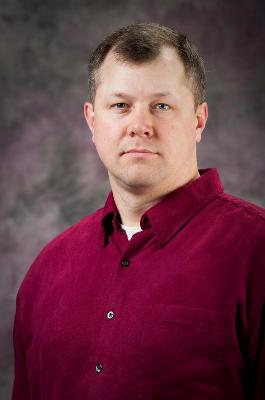A team of physicists from the Kansas State University has found a new class of three-body bound states, which may provide new insights into matter and its composition.
 Brett Esry
Brett Esry
Three-body bound states enable the bonding of three atoms in a group but not for two atoms. Moreover, in certain scenarios, the three atoms can adhere together even if any two atoms are striving to break the link by repelling each other. The study findings have been reported in the journal, Physical Review Letters.
The yet-to-be-named three-body bound states discovered by the Kansas State University team is analogous to a loosely-bound quantum state called Efimov three-body states first envisaged by Vitaly Efimov, a Russian physicist, in the early 1970s. However, Efimov three-body states can take place only with atoms categorized as bosons under ultracold conditions, whereas the new quantum state can occur with both fermions and bosons.
Moreover, the new three-body bound states exist in a pocket lying between long-ranged and short-ranged forces or interactions, while the Efimov three-body states can only occur for short-ranged forces.
Lead investigator, Brett Esry informed that the new three-body states exist at the border between the short-ranged and long-ranged forces. Thus the discovery of this new quantum state provides new insights into quantum mechanics and three-body systems. The new quantum state finds use in experiments involving ultracold atomic gases.
Esry and his group will continue their research on this quantum state to explore the behavior of combinations of fermions and bosons in it.